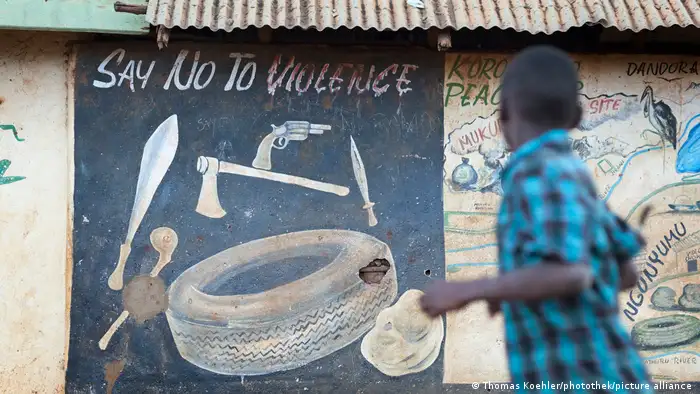Building media resilience
You have to look at journalism as a calling
Resilience in the face of recurrent crises – experiences from Aga Khan University, Kenya
About media in Kenya
In recent years, news organizations in Kenya have dealt with multiple crises. In January 2008, post-election ethnic violence left more than 1,000 people dead and around 350,000 displaced. Violence erupted again after the 2017 elections, at least some of which was perpetrated by the police and other authorities. During the last two decades, the country has also experienced a number of terrorist attacks. Moreover, Kenya is host to more than half a million refugees from across Africa, leading to violence in some parts of the country. Most recently, the country was gripped by the worst drought in decades, causing widespread economic devastation and sparking a humanitarian crisis.
Resilience Strategy
Kenyan news organizations have responded to periodic crises and financial uncertainty by focusing on innovation and content excellence. Dubbed Africa's "Silicon Savannah," Kenya has invested heavily in digital infrastructure, creating new opportunities for news production and distribution. Kenya’s news industry also has strong ties to the global media development community – a source of both financial support and opportunities for collaboration in terms of media viability. Furthermore, the industry is also able to tap into a vibrant pipeline of journalistic talent and expertise coming out of Kenya's strong university system. Finally, the industry has established several influential professional associations that play an important role in protecting journalists and news organizations.
Top 5 recommendation for resilience in the face of recurrent crises
- Retain your senior journalists to maintain the quality of news content.
- Buy the basic equipment – such as generators – needed to keep functioning through crises, disruptions and disasters.
- Encourage solidarity among journalists and news organizations; provide support and legal assistance to fellow journalists no matter the size of their organization or their location in the country.
- Train staff on safety and security in different situations and provide them with the necessary equipment (bulletproof helmets and vests, etc.).
- Make sure counseling is available immediately to journalists exposed to traumatic events.
"You have to look at journalism as a calling, to see it as part of the change you want to see in your country."
Prof. George Nyabuga, Associate Professor and Coordinator of the Executive Masters in Media Leadership and Innovation Programme, Aga Khan University, Kenya
DW recommends
- Date 29.03.2022
- Author Ann Hollifield
- Feedback: Send us your feedback.
- Print Print this page
- Permalink https://p.dw.com/p/48HMc
- Date 29.03.2022
- Author Ann Hollifield
- Send us your feedback.
- Print Print this page
- Permalink https://p.dw.com/p/48HMc

